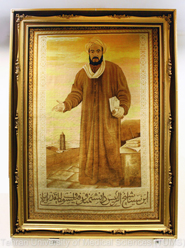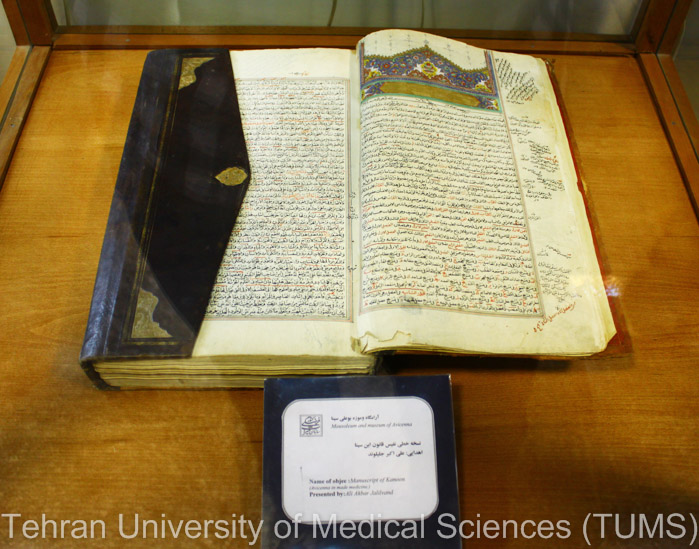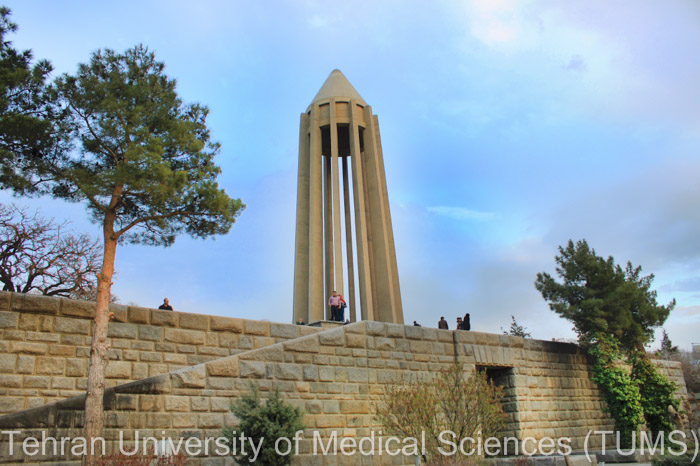|
Pūr Sīnā, commonly known in Persian as Ibn Sīnā and throughout the world by his Latinized name of Avicenna, was a renowned Persian polymath and is regarded as one of the most influential figures in the history of medical sciences around the globe.
Avicenna was born sometime in the August of 980 A.D. in a village near Bukhara (in present-day Uzbekistan), then the capital of the Samanid Persian Empire. As a key figure of the Islamic Golden Age, Avicenna delved into numerous fields of knowledge, mainly medicine, as well as philosophy and psychology, logic and mathematics, astronomy, geology, chemistry, physics, theology and poetry. He has numerous works and writings on each of these subjects.
|

|
|
The main, and somehow the only, source of information available on Avicenna is his autobiography, which was written down by one of his students. Therefore, small parts of his life may still be sketchy up to a certain extent. From what we know of his background, Avicenna’s father was a well-read scholar and greatly cared for Avicenna’s education. From an early age, Avicenna was greatly attracted to philosophy, reading and working on the legacy of great philosophers such as Aristotle, Al-Fārābi (Alpharabius), Zakariā-ye Rāzi (Rhazes) and
Galen of Pergamon. He is said to have turned toward medicine as his main profession at the young age of 16, only to become a qualified physician two years later. News of his talent and aptitude spread quickly, making his one of the most sought physicians of his time.
More significant than his medical services to the population of those times are Avicenna’s huge contributions to the progress of medical sciences and philosophy. The total number of his works is said to stand around 450, 240 of which survive to this day. Among his surviving works, 150 revolve around different subjects in philosophy and 40 focus on medicine. He is mostly known for his two masterpieces, The Book of Healing (Kitab Al-Shifa, کتاب الشفاء) and The Canon of Medicine (al-Qānūn fil-Ṭibb, القانون في الطب). The first book, despite its name, is not about medical sciences and is more concerned with science and philosophy. The latter, however, is a five-volume encyclopedia of medicine. Both of these works were used as major references through the middle ages in numerous universities worldwide.

Manuscript of Kanoon (Avicenna in made medicine) in Museum of Avicenna, Hamadan, Iran
Avicenna’s life was rather a turbulent one, with ups and downs and many travels between different cities. He went into the service of different influential and powerful figures of the time; sometimes, these employments provided him a more comfortable life; in some other instances, such positions brought about difficulties. Nonetheless, all throughout his life, even in sickness, Avicenna never stopped his pursuit and teaching of various fields of knowledge.

Mausoleum of Avicenna, Hamadan, Iran
The great philosopher and medical expert spent his last years in Isfahan, in service of the ruler of the time. While accompanying his patron on a military campaign, which was a common practice for physicians of the time, Avicenna suffered a strong abdominal colic. Following a few more instances of acute abdominal attacks, Avicenna finally gave into his disease and died in 1037. He passed away at the age of 58 and was laid to rest in the city of Hamadan, Iran, where his tomb today is visited by an endless number of people from all over the world.
Sources:
http://www.wikipedia.org
http://www.iranicaonline.org/
http://www.faqs.org/
http://www.famousscientists.org/
|